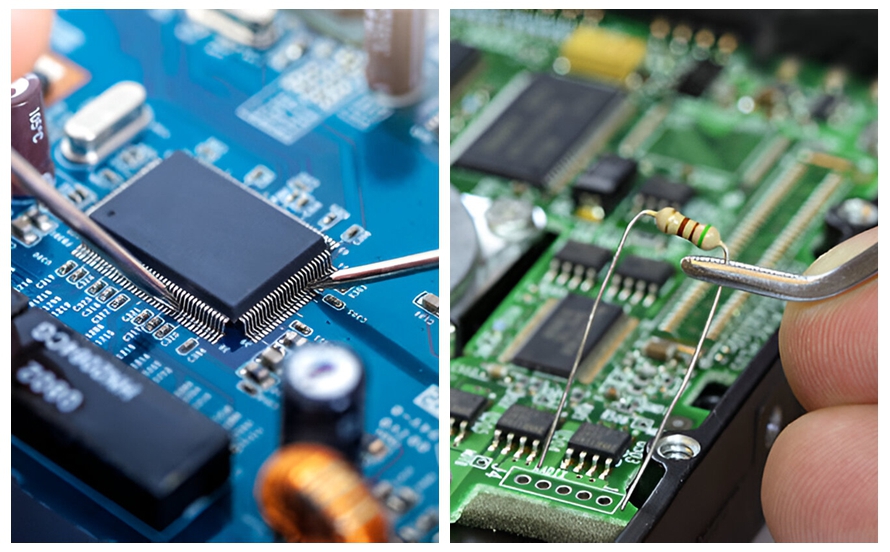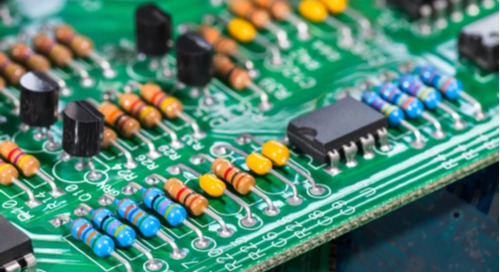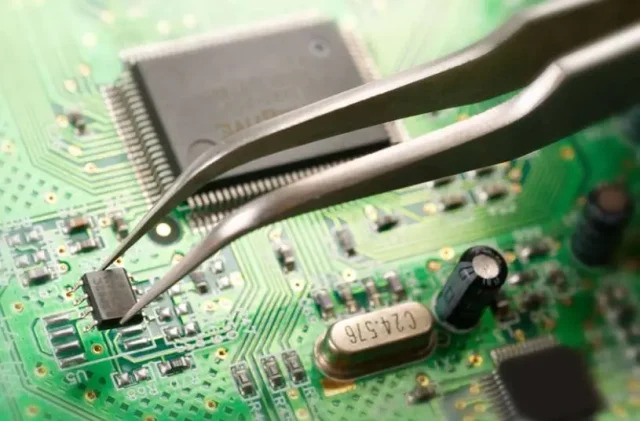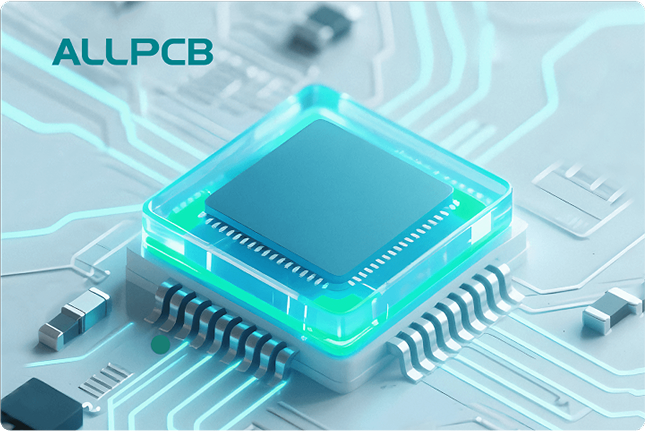When it comes to PCB assembly methods, choosing between Surface Mount Technology (SMT) and Through-Hole Technology (THT) can make or break your project. If you're wondering which technique suits your needs, here's the quick answer: SMT is ideal for compact, high-volume, and cost-effective designs, while Through-Hole is better for durability, high-power applications, and prototyping. In this detailed guide, we'll dive into the specifics of SMT assembly advantages, through-hole technology benefits, SMT vs through-hole cost comparison, and when to use SMT, helping you make an informed decision for your next project.
Introduction to PCB Assembly Methods
Printed Circuit Board (PCB) assembly is the backbone of modern electronics, and the way components are mounted on the board plays a critical role in performance, cost, and manufacturing speed. The two primary techniques—SMT and Through-Hole—each have unique strengths and weaknesses. Whether you're designing a small consumer gadget or a robust industrial system, understanding these methods is key to achieving your project goals.
In this blog, we'll break down the differences between SMT and Through-Hole, explore their benefits and drawbacks, compare costs, and provide clear guidance on when to use each technique. By the end, you'll have a solid grasp of which method aligns with your project's requirements.

What is Surface Mount Technology (SMT)?
Surface Mount Technology (SMT) involves mounting components directly onto the surface of a PCB. Unlike older methods, SMT components don’t have leads that go through the board. Instead, they are soldered onto pads using automated machinery, making the process fast and efficient.
SMT Assembly Advantages
SMT has become the go-to method for most modern electronics due to several standout benefits:
- Smaller Size: SMT components are much smaller, often measuring just a few millimeters. This allows for compact designs, which are critical for devices like smartphones and wearables.
- Higher Component Density: With SMT, you can pack more components into a smaller space, supporting complex circuits on tiny boards.
- Faster Production: Automated pick-and-place machines can place thousands of components per hour—up to 100,000 in high-end setups—reducing assembly time significantly.
- Lower Costs for Mass Production: Due to automation and reduced material use, SMT often lowers costs in large-scale manufacturing.
- Better Performance for High-Frequency Signals: SMT reduces lead inductance, improving signal integrity at frequencies above 100 MHz, which is vital for RF and high-speed digital applications.
However, SMT isn’t without challenges. The small size of components can make manual repairs difficult, and the technique may not be suitable for high-power or high-stress applications due to weaker mechanical bonds.
What is Through-Hole Technology (THT)?
Through-Hole Technology (THT) is the traditional method of PCB assembly, where component leads are inserted into drilled holes on the board and soldered on the opposite side. This technique has been around for decades and is still widely used in specific scenarios.
Through-Hole Technology Benefits
Through-Hole remains relevant thanks to its unique advantages:
- Strong Mechanical Bonding: The soldered leads create a robust connection, ideal for components that face physical stress or vibration, such as in automotive or industrial equipment.
- High Power Handling: THT components can handle higher currents and voltages, often supporting power levels above 50W, making them suitable for power supplies and amplifiers.
- Easier Prototyping and Repairs: Larger components and visible leads make Through-Hole boards easier to assemble by hand and troubleshoot with basic tools like a multimeter.
- Reliability in Harsh Environments: The secure connections withstand temperature swings and humidity better, often operating reliably from -40°C to 85°C in rugged applications.
On the downside, Through-Hole components take up more space, require manual or semi-automated assembly in many cases, and are generally more expensive for high-volume production due to slower processes and drilling costs.

SMT vs Through-Hole Cost Comparison
Cost is often a deciding factor when choosing between SMT and Through-Hole. Let’s break down the expenses associated with each method to give you a clear picture.
Initial Setup Costs
SMT requires significant upfront investment in equipment like pick-and-place machines and reflow ovens, which can cost anywhere from $50,000 to over $500,000 for high-speed lines. However, once set up, the per-unit cost drops drastically for large runs. Through-Hole, on the other hand, has lower initial costs since it can often be done with basic soldering tools or wave soldering machines, which start around $10,000.
Component Costs
SMT components are generally cheaper due to their smaller size and mass production. For instance, a surface-mount resistor might cost $0.01 per unit in bulk, while a comparable Through-Hole resistor could be $0.05 or more. However, specialized Through-Hole components for high-power applications can sometimes be less expensive than their SMT counterparts due to simpler designs.
Manufacturing Costs
For high-volume production, SMT wins with lower labor costs thanks to automation. A typical SMT assembly line might handle 10,000 boards per day with minimal human intervention. Through-Hole assembly, often requiring manual insertion, can take significantly longer—sometimes processing only 100-500 boards per day in semi-automated setups—driving up labor expenses.
Repair and Maintenance Costs
SMT boards are harder and more expensive to repair due to tiny components and the need for specialized tools like hot air rework stations. Repairing a single SMT component might cost $50-$100 in labor. Through-Hole boards, with larger parts and accessible solder joints, can often be fixed for under $20 per repair with basic equipment.
In summary, SMT is more cost-effective for large-scale, compact designs, while Through-Hole may save money in low-volume, high-reliability projects where repairs are frequent.
Performance and Design Considerations
Beyond cost, the choice between SMT and Through-Hole impacts the performance and design of your PCB. Here are key factors to consider:
Size and Space Constraints
If your project demands a small form factor, SMT is the clear choice. SMT allows for component densities of up to 100 components per square inch, while Through-Hole typically maxes out at 10-20 components per square inch due to larger parts and drilled holes.
Signal Integrity and Speed
For high-speed or high-frequency applications, SMT offers better performance. The shorter leads reduce parasitic inductance and capacitance, supporting signal speeds above 1 GHz with impedance control within 5% of target values. Through-Hole, with longer leads, introduces more noise and is better suited for low-frequency circuits below 100 MHz.
Thermal and Mechanical Stress
Through-Hole excels in environments with high thermal or mechanical stress. Its soldered leads provide a stronger anchor, handling forces up to 10 times greater than SMT connections in vibration tests. SMT components, while improving with advanced soldering techniques, can crack under similar conditions.
When to Use SMT
Surface Mount Technology is the right choice for many modern projects, but it’s not a one-size-fits-all solution. Here are scenarios where SMT shines:
- High-Volume Production: If you’re manufacturing thousands or millions of units, SMT’s automation cuts costs and speeds up assembly.
- Compact Devices: For products like wearables, IoT devices, or mobile gadgets, SMT enables tiny, lightweight designs.
- High-Speed Electronics: Projects involving fast data transfer or RF signals benefit from SMT’s reduced signal interference.
- Cost-Sensitive Consumer Products: SMT lowers per-unit costs in mass production, ideal for budget-friendly electronics.
However, avoid SMT for applications requiring frequent manual adjustments or extreme durability, as the components are delicate and harder to rework.
When to Use Through-Hole
Through-Hole Technology remains relevant in specific use cases where reliability and power are priorities. Consider THT for:
- Prototyping and Testing: THT is easier to assemble by hand and modify during early design stages.
- High-Power Applications: For circuits handling high currents or voltages, such as power converters or motor controllers, THT components are more robust.
- Harsh Environments: In automotive, aerospace, or industrial settings with vibration or extreme temperatures, THT offers unmatched durability.
- Low-Volume or Custom Builds: When automation isn’t feasible, THT’s simplicity can save on setup costs for small runs.
Keep in mind that Through-Hole takes up more space and is slower to assemble in large quantities, so it’s less ideal for compact or mass-produced designs.
Hybrid Approach: Combining SMT and Through-Hole
In some cases, using both SMT and Through-Hole on the same board can offer the best of both worlds. For example, a PCB might use SMT for small, high-density logic circuits while incorporating Through-Hole for power connectors or large capacitors that need extra stability. This hybrid approach is common in mixed-signal designs or products requiring both compact electronics and high-power handling.
However, combining techniques increases assembly complexity and cost, as it often requires separate processes for SMT and THT components. Ensure your PCB design justifies the added expense before opting for a hybrid solution.

Conclusion: Making the Right Choice for Your Project
Deciding between SMT and Through-Hole comes down to your project’s specific needs. If you prioritize compact size, speed, and cost-efficiency in high-volume production, SMT assembly advantages make it the better choice. On the other hand, if durability, power handling, and ease of prototyping are critical, through-hole technology benefits outweigh the drawbacks.
Consider factors like your production volume, budget, environmental conditions, and performance requirements. For many modern applications, SMT is the default due to its scalability and efficiency. However, Through-Hole holds its ground in specialized, rugged, or low-volume scenarios. By weighing the SMT vs through-hole cost comparison and understanding when to use SMT or THT, you can confidently select the right PCB assembly method for your design.
At ALLPCB, we’re here to support your project with expert guidance and high-quality assembly services tailored to either SMT or Through-Hole needs. Whether you’re building a cutting-edge gadget or a heavy-duty industrial system, we’ve got the tools and expertise to bring your vision to life.
 ALLPCB
ALLPCB







